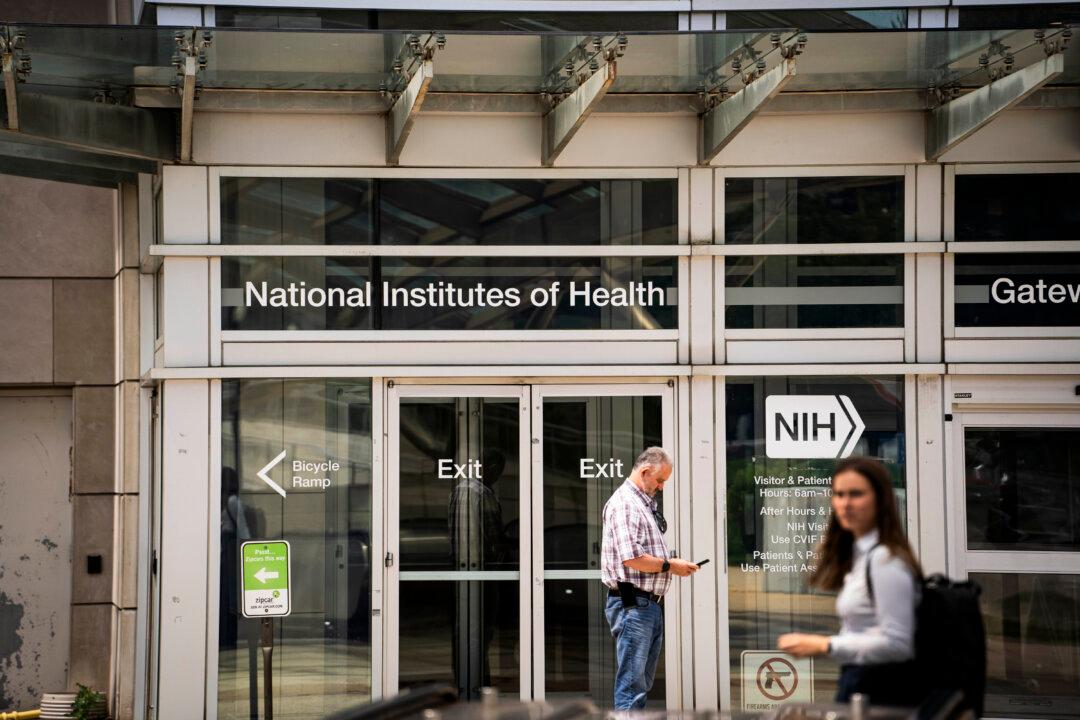The White House plans to replenish and redesign the nation’s strategic stockpile of critical supplies to make the country less vulnerable to future catastrophic events, three administration officials told reporters in a conference call Thursday.
A key concept behind what is being billed as the Strategic National Stockpile 2.0 is to build up a 90-day buffer of key supplies and source more of the manufacturing in America, imbuing the system with “surge capacity” to make it possible to quickly ramp up production in the face of future cataclysmic events.
“We’re making sure that as we go into the fall we’re in a position where America never has to shut down again,” one of the senior administration officials said, referring to virus-related lockdowns, one of the aims of which is to prevent overwhelming frontline medical staff, who have struggled with shortages of gear.

The official said that when COVID-19 broke out in the country, there were only one to three weeks worth of supplies for most of the items in the national stockpile.
“At the start of this pandemic we had 13 million N95 masks,” the official said. “We have an aspiration to eventually have a billion of those. We’re not going to have all of those in the next 90 days for the fall, but we do anticipate having 300 million.”
“We had two million gowns—we expect to have six to seven million gowns,” the official added. “For many of the critical care drugs that are necessary for people on ventilators, we had zero and we will have millions of milliliters of those.”
“What we’re doing is creating a much more robust and much more capable, and much less vulnerable, Strategic National Stockpile,” one of the officials said.
President Donald Trump is set to announce the new initiative Thursday in Pennsylvania while visiting Owens & Minor Distribution Center near Allentown, in Lehigh County.

The Strategic National Stockpile, a federally controlled repository of pharmaceuticals and medical equipment, was originally set up as the National Pharmaceutical Stockpile in 1999, then renamed in 2003 after it was expanded to include medical gear.





